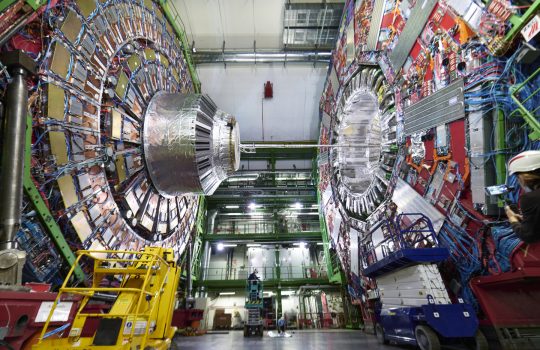Fermilab technology debuts in supercollider dress rehearsal at CERN
Several components developed, assembled and tested by the HL-LHC Accelerator Upgrade Project, a consortium of U.S. national laboratories and institutions, including Lawrence Berkeley National Laboratory, Brookhaven National Laboratory and Fermi National Accelerator Laboratory, take center stage as engineers at CERN build and test a section of the High-Luminosity Large Hadron Collider, a major upgrade to the world’s most powerful supercollider.










